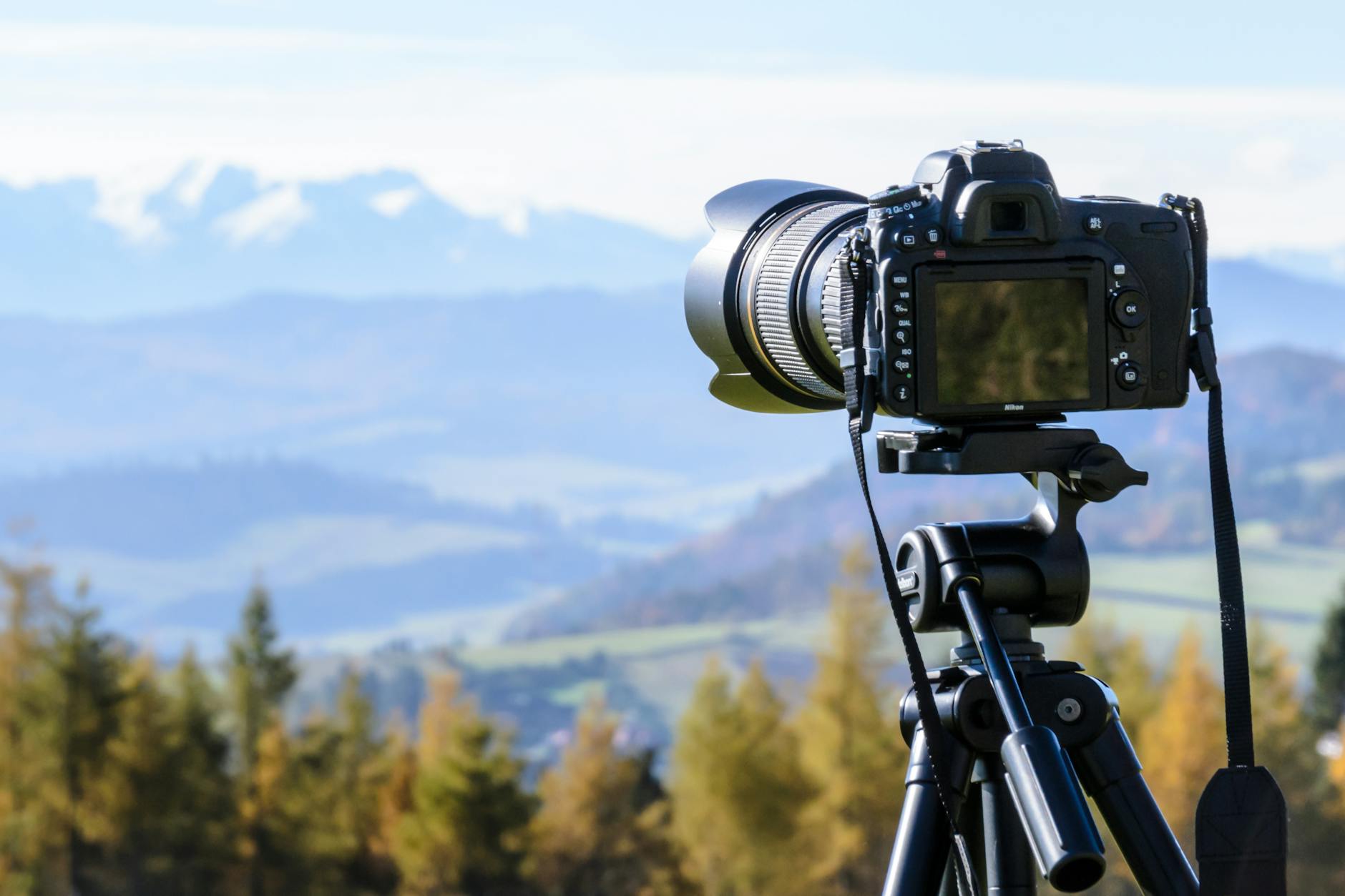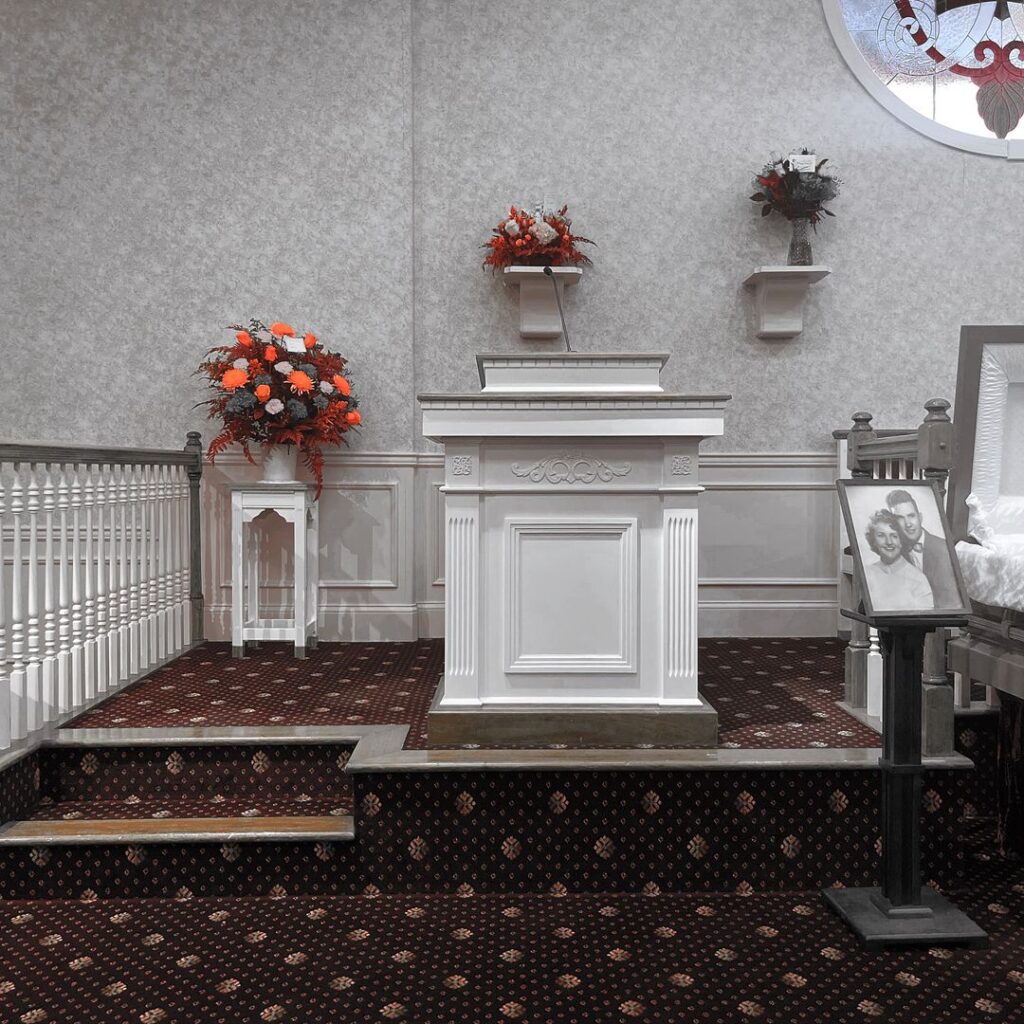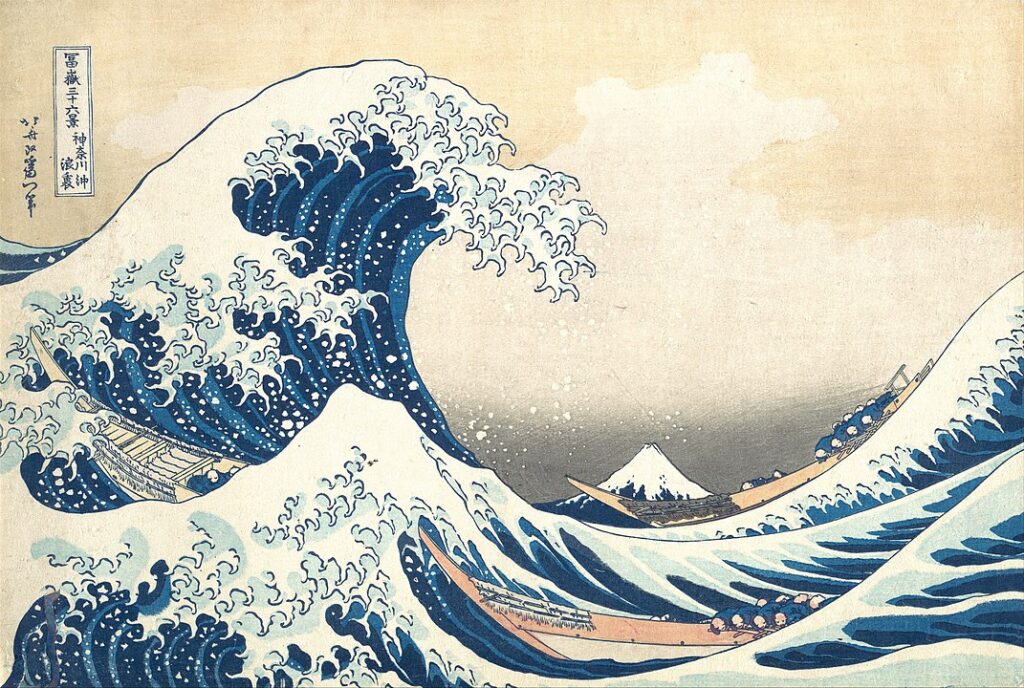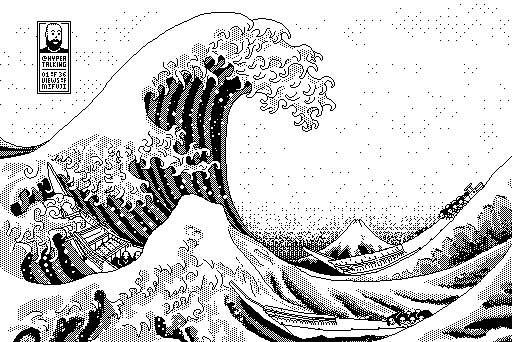Wes Anderson, known for his meticulous craftsmanship in filmmaking, was chosen to direct Montblanc’s commercial for their hundred-year-old Meisterstück writing tool. Filmed in Germany, the short features Anderson, Jason Schwartzman, and Rupert Friend, who portray mountain climbers inspired by Montblanc’s products.
The ad transitions from the snowy Mont Blanc to a warm chalet, which required 50 takes. Anderson surprised Montblanc by presenting a prototype pen he designed, the Schreiberling, and requested its production. The company agreed to produce 1,969 pen copies, referencing Anderson’s birth year, 1969. Anderson’s career has evolved from his early days in Rushmore and The Royal Tenenbaums to influencing film and luxury goods industries.
The Eclectic Educator is a free resource for everyone passionate about education and creativity. If you enjoy the content and want to support the newsletter, consider becoming a paid subscriber. Your support helps keep the insights and inspiration coming!



